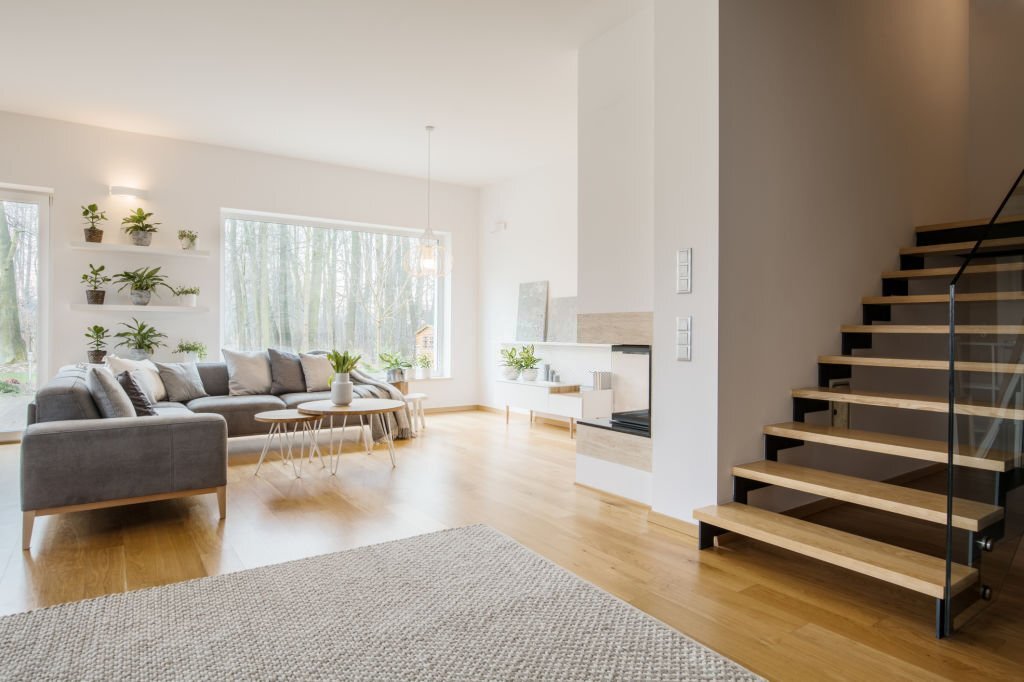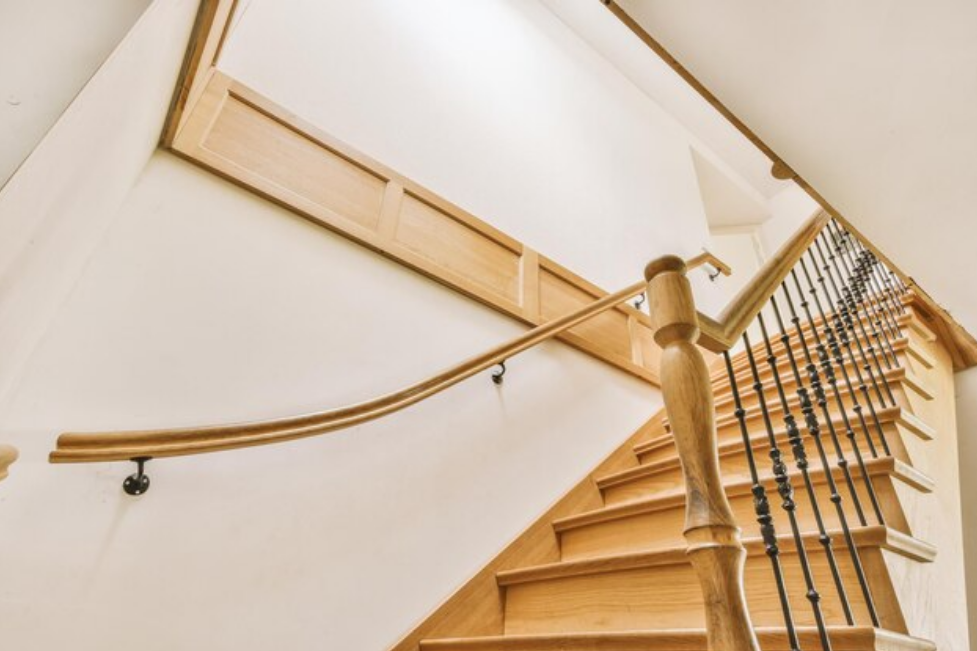Floating staircases are a hallmark of class and modernity in the world of architectural wonders. While their origins can be traced back to various parts of the world, floating staircases have found a special place in the heart of the United Kingdom’s design landscape. Today, we set out on an adventure to learn more about the fascinating history, unique architecture, and fascinating tales behind the United Kingdom’s floating staircases.
A Brief History of Floating Staircases
To truly appreciate the grandeur of floating staircases in the UK, we must first delve into their intriguing history. While they are often associated with modern architecture, floating staircases have a lineage that spans centuries.
The concept of a “floating” staircase essentially means that the steps are unsupported by traditional risers or stringers, giving the impression that they are floating in mid-air. During the middle of the 20th century, this radical departure from traditional stair design was widely adopted by architects and designers.
In the UK, the first notable appearance of a floating staircase can be traced back to the iconic work of architect Ernő Goldfinger, whose design for the Balfron Tower in London (completed in 1967) featured a stunning floating staircase. This design began a trend that has continued to captivate architects and homeowners alike.
Design Elegance: The Anatomy of Floating Staircases
Floating stairs are not just functional elements within a building; they are veritable works of art. Their design seamlessly blends aesthetics with practicality, creating a visual spectacle that is nothing short of breathtaking.
Materials: Floating staircases in the UK are crafted from a diverse range of materials, from traditional oak and walnut to more contemporary choices like glass and steel. Each material lends its unique charm to the design, allowing homeowners and architects to create staircases that perfectly complement their surroundings.
Minimalism: One of the defining characteristics of floating staircases is their minimalistic design. The absence of visible support structures creates an illusion of weightlessness, adding a touch of modernity to any space. This minimalist approach also allows for more natural light to flow through, enhancing the overall ambiance of a room.
Customization: Floating staircases offer endless possibilities for customization. The absence of traditional risers and stringers allows designers to experiment with shapes, angles, and configurations, ensuring that each staircase is a one-of-a-kind masterpiece. From spiral designs to cantilevered wonders, the options are limited only by the imagination.
Iconic Floating Staircases in the UK
The United Kingdom boasts a wealth of architectural wonders, and floating staircases have become integral to many of these iconic structures. Here are a few noteworthy examples:
Tate Britain: The transformation of Tate Britain’s Spiral Staircase in London by architects Caruso St. John showcases the modern elegance of a floating staircase. With its slender steel balustrade and open design, it complements the historic art gallery beautifully.
Red Bull Studios: In London’s Tooley Street, the Red Bull Studios feature a dramatic floating staircase made of steel and glass. Its sleek, industrial design perfectly encapsulates the studio’s creative spirit.
Royal Festival Hall: The Royal Festival Hall on London’s Southbank is home to a stunning cantilevered floating staircase made of concrete. Its minimalist design and breathtaking views of the Thames River make it a must-see for architecture enthusiasts.
A Floating Staircase for Every Home
While these grand examples grace some of the UK’s most famous buildings, floating staircases are not limited to grand public spaces. They have also become increasingly popular in private residences, offering homeowners a chance to infuse their homes with a touch of modern sophistication.
In residential settings, floating staircases serve both functional and aesthetic purposes. They often become the centerpiece of a home, drawing the eye and making a lasting impression on guests. Whether it’s a sleek, all-glass staircase in a contemporary penthouse or a warm wooden design in a countryside cottage, floating staircases can be tailored to suit any architectural style.
Challenges and Considerations
While floating staircases exude elegance and grace, their design presents unique challenges. Structural integrity, building codes, and safety regulations must all be carefully considered during the planning and construction phases. Additionally, the choice of materials and finishes can significantly impact the staircase’s durability and maintenance requirements.
Floating staircases in the UK are now considered works of art in their own right, far beyond their original functional purpose. They continue to captivate designers and homeowners with their classic good looks and cutting-edge features. From iconic public buildings to private residences, floating staircases have left an indelible mark on the UK’s architectural landscape, symbolizing a commitment to design excellence and the relentless pursuit of beauty in form and function.
The UK’s grandiose floating staircases serve as a reminder that we are on the cusp of an architectural golden age, where new ideas and perspectives will expand the limits of what is possible, thereby enhancing the quality of our homes and our lives.





